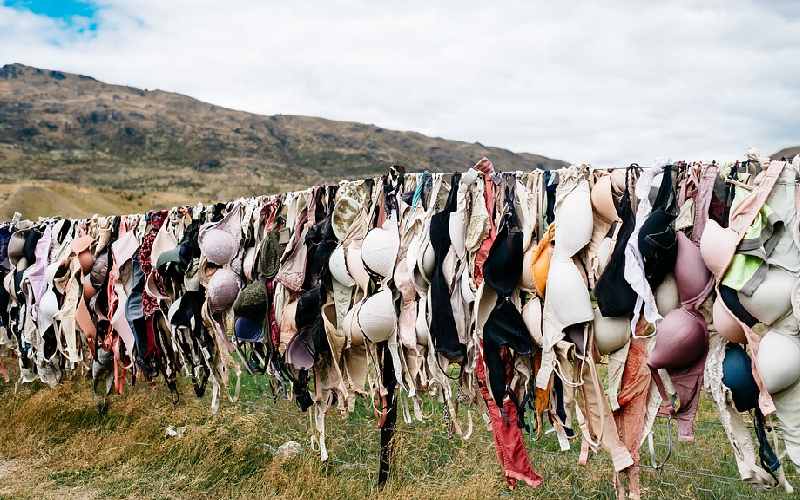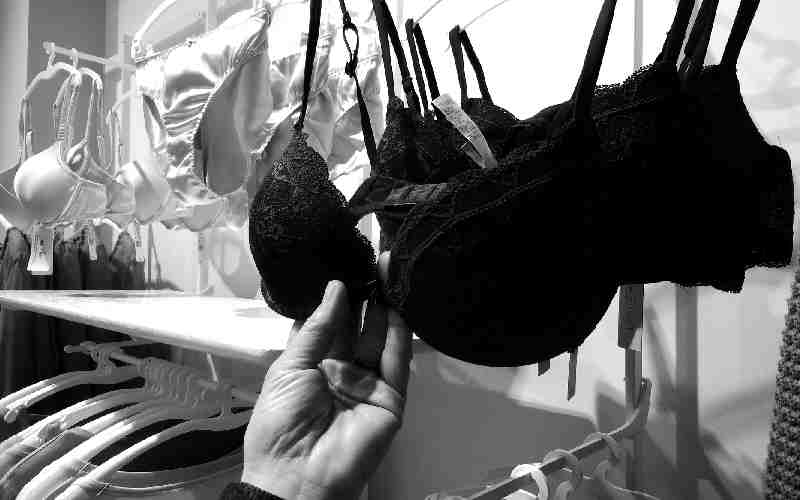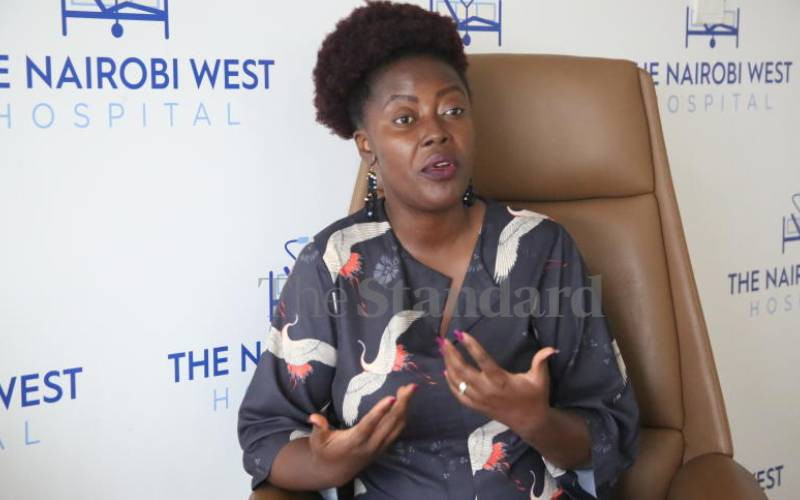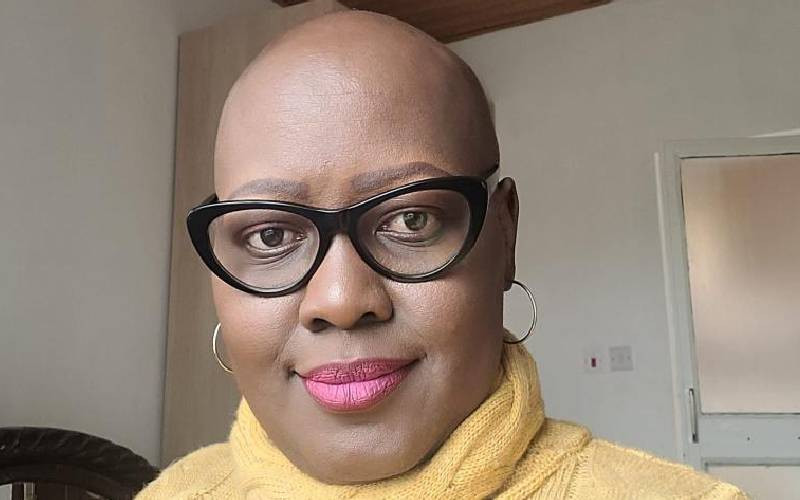
No Bra Day, marked across the globe on October 13, is a female health holiday focusing on breast cancer prevention. It was created to raise awareness of breast cancer, promote self-examination, and early detection.
The bra, is short for brassiere or brassiere.
A quick perusal of social media on this day saw users share photos and make jokes about wearing no bras.
One user stated that on TikTok, it is no bra day every day.
Few have an understanding of the message of awareness behind the holiday.
Another user thus stated, “Wishing my boyfriend’s side chic a happy No Bra Day”.
While a few may have wanted to share genuine experiences in their fight with breast cancer, it was easily buried under the debris of memes, gifs and funny comments.
Additionally, not wearing bras is hardly viewed as a health declaration – it is more of a fashion statement, far from the breast cancer awareness campaign.

Yahoo News reported that the no-bra movement is taking over 2021 fashion.
The article said the pandemic allowed people all over the world to prioritize comfort over style and, in turn, enabled many women to do away with the uncomfortable and restricting bras they had come to resent.
Experts say women wear bras for many reasons, aside from sagging, there's also the issue of back pain.
Women choose to go braless due to discomfort, health-related issues, their cost, and for social reasons, often having to do with self-acceptance and political expression. Women have protested the physical and cultural restrictions imposed by bras over many years.
For large-breasted women, wearing a bra can help with back pain, as well as posture.
Stay informed. Subscribe to our newsletter
But what is the link between bras and breast cancer? While bras don't cause breast cancer, that doesn't mean that they can't impact your health.
Wearing an ill-fitting bra can reportedly cause poor posture, back and neck pain, shoulder grooves leading to numbness in the fingers, and a lack of self-confidence, patient.info says.
The Bellatory blog says the whole point of wearing a bra is to redistribute some or all of the weight of your bust onto the shoulders and waist area. When a bra is properly fitted, about 80 per cent of this weight is carried by the band, and the remainder by the shoulders.

Meanwhile, Health.com says many factors can play a part in your breast cancer risk, but going braless is not one of them. The bottom line: "generally speaking, wearing or not wearing a bra really won't have a significant impact on your overall health … it's entirely a personal choice.
Medical news today has listed the early signs of breast cancer as:
- lumps inside the breast or underarm area.
- changes in breast size and shape.
- pain in a specific area that does not go away.
- prominent veins on the surface of the breast.
- nipple discharge that starts suddenly.
- a sore or rash on the nipple.
- swelling, redness, or darkening of the breast.
Lu Chen, Kathleen E. Malone and Christopher I. Li in a 2014 study stated that despite the widespread use of bras among US women and concerns in the lay media that bra wearing may increase breast cancer risk, there is a scarcity of credible scientific studies addressing this issue.
The study said the goal of the study was to evaluate the relationship between various bra-wearing habits and breast cancer risk among postmenopausal women.
“We conducted a population-based case–control study of breast cancer in the Seattle–Puget Sound metropolitan area that compared 454 invasive ductal carcinoma (IDC) cases and 590 invasive lobular carcinoma (ILC) cases diagnosed between 2000 and 2004 with 469 control women between 55 to 74 years of age.
Information on bra-wearing habits and other breast cancer risk factors was collected from study participants through in-person interviews. No aspect of bra wearing, including bra cup size, recency, average number of hours/day worn, wearing a bra with an underwire, or age first began regularly wearing a bra, was associated with risks of either IDC or ILC. Our results did not support an association between bra wearing and increased breast cancer risk among postmenopausal women.”
 The Standard Group Plc is a
multi-media organization with investments in media platforms spanning newspaper
print operations, television, radio broadcasting, digital and online services. The
Standard Group is recognized as a leading multi-media house in Kenya with a key
influence in matters of national and international interest.
The Standard Group Plc is a
multi-media organization with investments in media platforms spanning newspaper
print operations, television, radio broadcasting, digital and online services. The
Standard Group is recognized as a leading multi-media house in Kenya with a key
influence in matters of national and international interest.
 The Standard Group Plc is a
multi-media organization with investments in media platforms spanning newspaper
print operations, television, radio broadcasting, digital and online services. The
Standard Group is recognized as a leading multi-media house in Kenya with a key
influence in matters of national and international interest.
The Standard Group Plc is a
multi-media organization with investments in media platforms spanning newspaper
print operations, television, radio broadcasting, digital and online services. The
Standard Group is recognized as a leading multi-media house in Kenya with a key
influence in matters of national and international interest.










